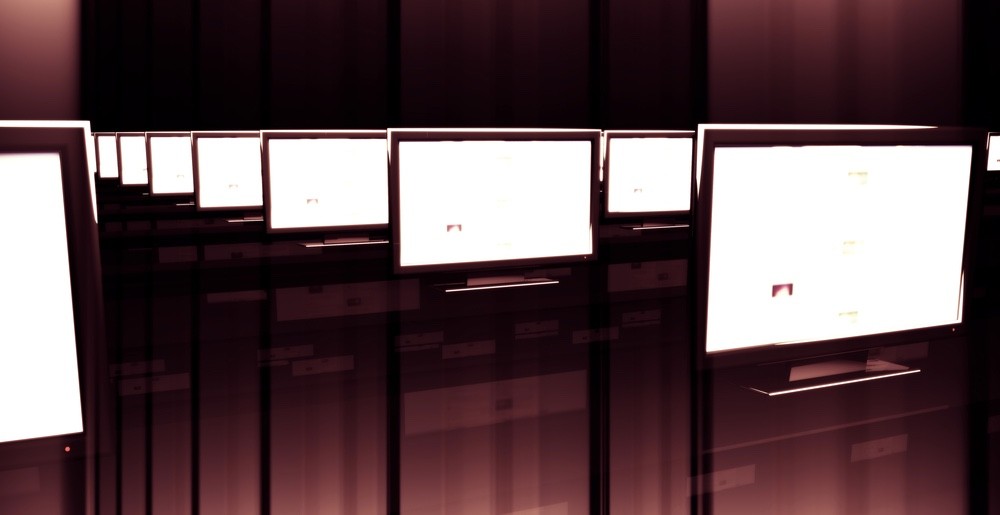
Malware is a broad subject, ranging from spy programs you unknowingly have on your computer to malicious programs that will hold your data hostage until you pay a ransom (and then not release it after you do). Yet with the rise of social media there is a special breed of malware meant to attack your accounts or attack through the services you love like Facebook and Twitter.
These threats require our attention and immediate response so that our accounts remain under our command and data is safely tucked away on our computers. Full protection requires a combination of tools and attitudes. Once you learn what you need to know and practice other safe social media habits, you’ve already won half the battle against what will infect your friends.
Here’s what you need to know to stay safe:
Don’t Click on Everything
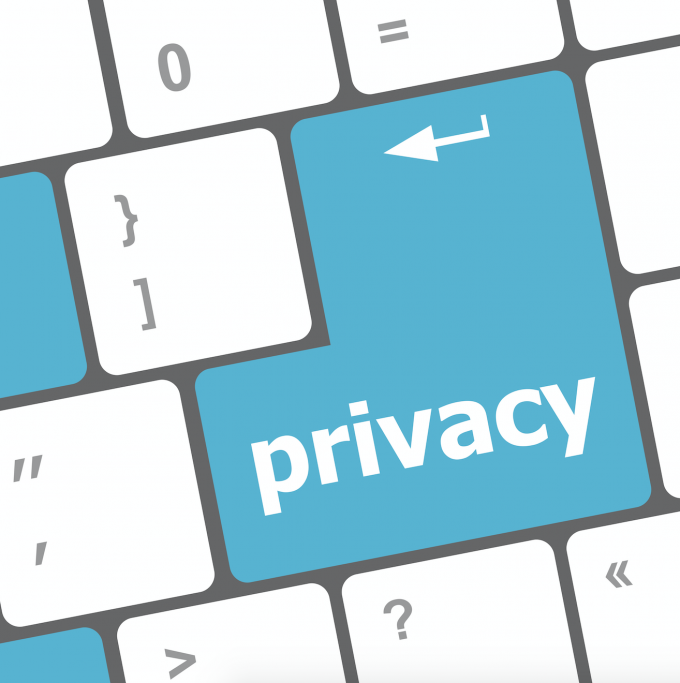
The S.A.F.E Method to Hack-Proof Your Social Media Accounts
This is very basic, but the point is that before you click on something you need to think for a few seconds about whether there could be any risk involved. Most of what is shared currently is worthless at any rate, and hollow clickbait runs rampant. Titles including phrases such as “you won’t believe this” and “you’ll never guess what happens next” can often lead you to malware, with cybercriminals knowing this type of post gets clicks.
Ask yourself if you are being led to a trusted website. If so, then you are probably safe. Also check to see if the address listed seems right. Some social media websites will scan links that are posted to better protect you, yet this protection isn’t perfect and might not be on your network of choice. Beware of shortened URLs and websites that have similar (but not the same) names as ones you love. They often lead to trouble.
Get Tools to Protect Yourself
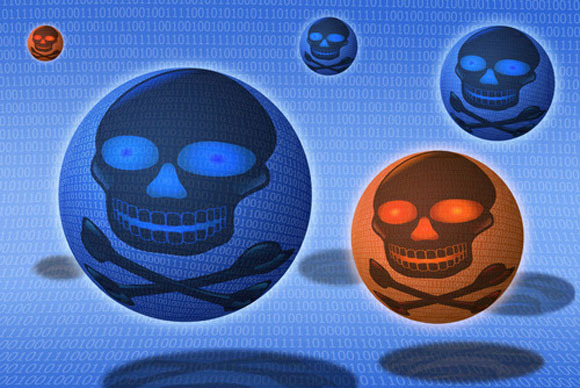
Prevent malware attacks on social networks: 3 tips
Being armed with knowledge is great, but sometimes you need guards in the form of programs or applications to act on your behalf as you enjoy your time online. Here are a few tools that are essential to fight back against social media malware and other online threats:
- Your computer should have an online security suite. Period. If you don’t have one already, then it is a wonder you’re reading this article, much less have a working computer. Don’t get a free one, and make sure that it covers all the bases.
- You should also have mobile malware protection, as your smartphone is becoming a common target for cybercriminals who use social media as a medium to attack you. Check your app store and find a good fit for your smartphone.
- If you are even thinking of going out in public and using social media (and you are), then you need a Virtual Private Network (VPN) to protect you while you use it. Unprotected networks are breeding grounds for hackers hoping to intercept your account login info and spread malware. A VPN encrypts your connection and reroutes your traffic through an offsite server to keep you protected and anonymous on any network. To know what to look for, you will want to read these reviews of some top American VPNs.
Beware of Hacked Accounts
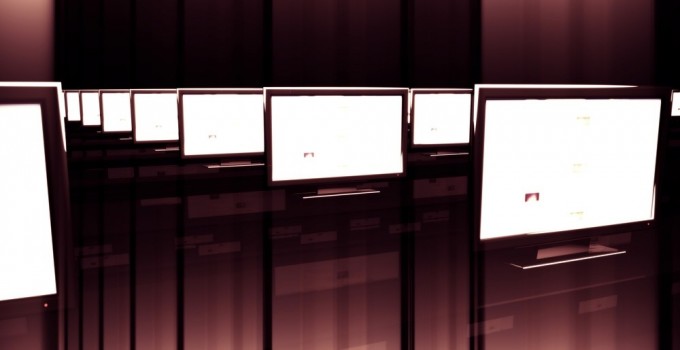
What Happens to Hacked Social Media Accounts?
Is your connection or friend acting strange on their profile, posting messages and things that just seem out of character for them? Is your normally sparse friend posting links to websites promising free handbags to the first 100 visitors? Their account probably got hacked and is now being used to spread malware to their entire network, including you.
You can’t stop their account getting hacked or posting problems for other people, but you can refuse to click on their links and send your friend a message via other means that their account got compromised. It’ll help them react faster and keep the internet just a little safer. Look for similar problems with direct messages, and if something seems suspicious, try texting them briefly or asking them something a hacker wouldn’t be able to know.
There are Plenty of Scams
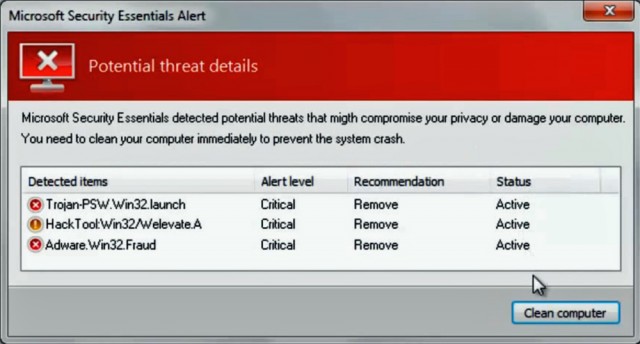
What a fake antivirus attack on a trusted website looks like
Just because something sounds official doesn’t mean you need to immediately believe or click on it. Scammers using social media have gotten clever about what will spread rapidly through the internet while maintaining believability, and in some cases, this could be considered their full time job. They are experts in blending in, so you need to always keep your eye out for things that just seem too good to be true. Here are a few common themes to look out for:
- New “themes” or design changes for your social media interface. For the most part, social media companies aren’t keen on asking your permission before making changes to their website, so any application or bar that is meant to give you a dislike button or allow you to do things that are out of the ordinary is likely to be malware in poor disguise.
- Posts that tell you to share them to have some effect on your person such as monetary gain or privacy protection. Copy and pasting a status usually doesn’t do much, and the rare legitimate sweepstakes isn’t worth the time and risk. Mark Zuckerberg isn’t going to give you millions of dollars because you shared a post. These may seem harmless, but a link in one could easily be malware.
- Most things proclaimed to protect your social media account are really just malware or cheap products in disguise. Unless it has a lot (think more than six digits) of users, steer completely clear of such products.
Social media malware (and all malware in general) is a menace that must be removed from our online lives to the best of our ability. Unfortunately, cybercrime isn’t going to stop anytime soon, relegating us to a position of defense. Know what you need to do so that you don’t find yourself infected and spending money or time cleaning up your important accounts.
Do you have any other thoughts on social media malware? Do you have any personal experience with the online menace or have you seen someone you know afflicted with it? Are there are other solutions that work for you? If so, please leave a comment below and join the conversation on this important topic.


